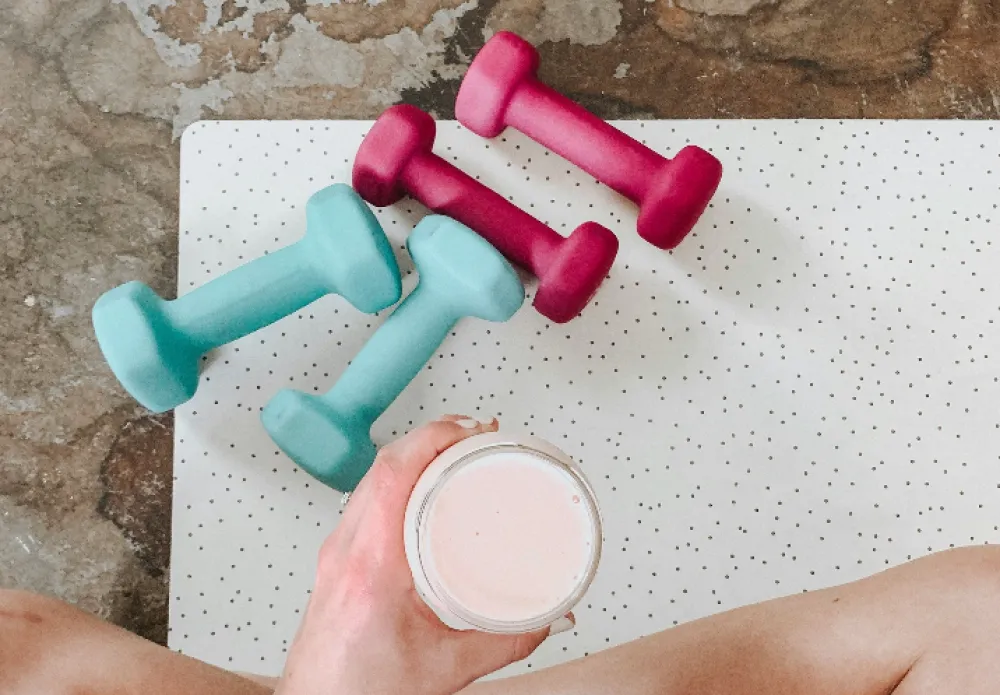What is Blood Pressure?
Blood pressure is measured using two numbers:
- Systolic pressure (the top/first number): the pressure when the heart contracts and pumps blood into the arteries.
- Diastolic pressure (the bottom/second number): the pressure when the heart relaxes between beats.
A normal blood pressure reading is typically around 120/80 mm Hg.
A healthy blood pressure is essential for delivering oxygen and nutrients to organs and tissues. Understanding your blood pressure readings and monitoring them regularly is key to maintaining cardiovascular health.
What is Hypertension?
Hypertension, commonly known as high blood pressure, is a medical condition in which the force of the blood against the walls of the arteries is consistently too high. This increased pressure forces the heart to work harder to pump blood, which can lead to serious health complications over time.
Often called the “silent killer,” hypertension usually presents no symptoms until significant damage has occurred. If left untreated, it increases the risk of heart attack, stroke, kidney disease, and other serious health issues.
Hypertension is diagnosed when readings consistently reach 140/90 mm Hg or higher.

Who is at risk of hypertension?
You are at increased risk of high blood pressure if you:
- Are overweight or obese
- Have family history of high blood pressure
- Eat a lot of salt
- Don’t get enough fruit and vegetables
- Eat too much fat or processed foods
- Are physically inactive
- Drink a lot of caffeine
- Drink a lot of alcohol
- Smoke or vape
- Are over the age of 65
- Have diabetes, kidney disease, or high cholesterol
If you fall into any of these groups, consider making changes to your lifestyle to lower your risk of high blood pressure. Simple steps like eating a balanced diet, staying active, reducing stress, and avoiding tobacco and excess alcohol can make a big difference.
It’s also important to speak with a healthcare professional, especially if you’ve had elevated readings or symptoms like headaches, chest pain, or dizziness. Regular check-ups can help detect high blood pressure early and guide you toward the right treatment plan.
Treatment
High blood pressure is often managed through a combination of lifestyle changes, but in some cases, medication may be necessary to keep your blood pressure under control.
High blood pressure needs to be closely monitored until it is brought under control. You can have your blood pressure monitored by your doctor, practice nurse or local pharmacy.
You can also self-monitor your blood pressure during working hours using our Sisu Kiosks.
If you feel you are at risk of hypertension or need help managing your high blood pressure, you can ask your manager for a referral into our Wellbeing 365 programme, where you will work with one of our Wellbeing Physiologists to improve your cardiovascular health. Our team can support you with lifestyle changes and guide you in seeking medical advice if needed.


Salt
A diet high in salt can cause raised blood pressure, which can increase your risk of heart disease and stroke. This happens because excess sodium causes your body to retain water, increasing the volume of blood in your vessels and making your heart work harder.
Adults should eat no more than 6g of salt per day, which is equal to 2.4g of sodium — roughly one teaspoon. However, food labels often list only the sodium content, not salt. It’s important not to confuse the two. To convert sodium into salt, multiply the sodium amount by 2.5. For example, 1g of sodium per 100g of food equals 2.5g of salt. Keeping your daily sodium intake below 2.4g helps reduce your risk of high blood pressure.
You don't have to add salt to your food to consume too much of it — around 75% of the salt we eat is already present in everyday foods like bread, breakfast cereals, and ready meals.
Whether you're cooking at home or eating out, avoid adding salt automatically — taste your food first.
Check the salt content on food labels and choose lower-salt options when possible. Nutrition labels now make it easier to spot high-salt products and make healthier choices.

Smoking and Vaping
Quitting smoking is one of the most powerful steps you can take to protect your heart.
Smoking is a major risk factor for high blood pressure. Smoking and vaping cause a temporary spike in blood pressure and heart rate, putting extra strain on your heart and blood vessels. Over time, smoking contributes to stiffening and narrowing of the arteries and accelerates the buildup of plaque, increasing the risk of heart attack and stroke. Quitting smoking not only improves blood pressure control but also significantly lowers your overall cardiovascular risk.
Plus, there are lots of other health risk associated with smoking. Click here [link to smoking cessation page] to find out more.

Exercise
Regular physical activity is one of the most effective ways to lower and manage high blood pressure. In fact, being active reduces your risk of these diseases by 35%!
It strengthens the heart, helps maintain a healthy weight, and reduces stress — all of which support healthier blood pressure levels. This in turn reduces your risk of other heart and circulatory diseases like heart attack or stroke.
As well as strengthening your heart, regular exercise helps your body grow new capillaries, blood vessels and arteries. This expanded network improves blood flow and reduces resistance in the vessels, which helps lower blood pressure.
Exercise also boosts the production of nitric oxide, a molecule that relaxes blood vessels and keeps them flexible and open. Over time, these changes make your cardiovascular system more efficient and resilient.